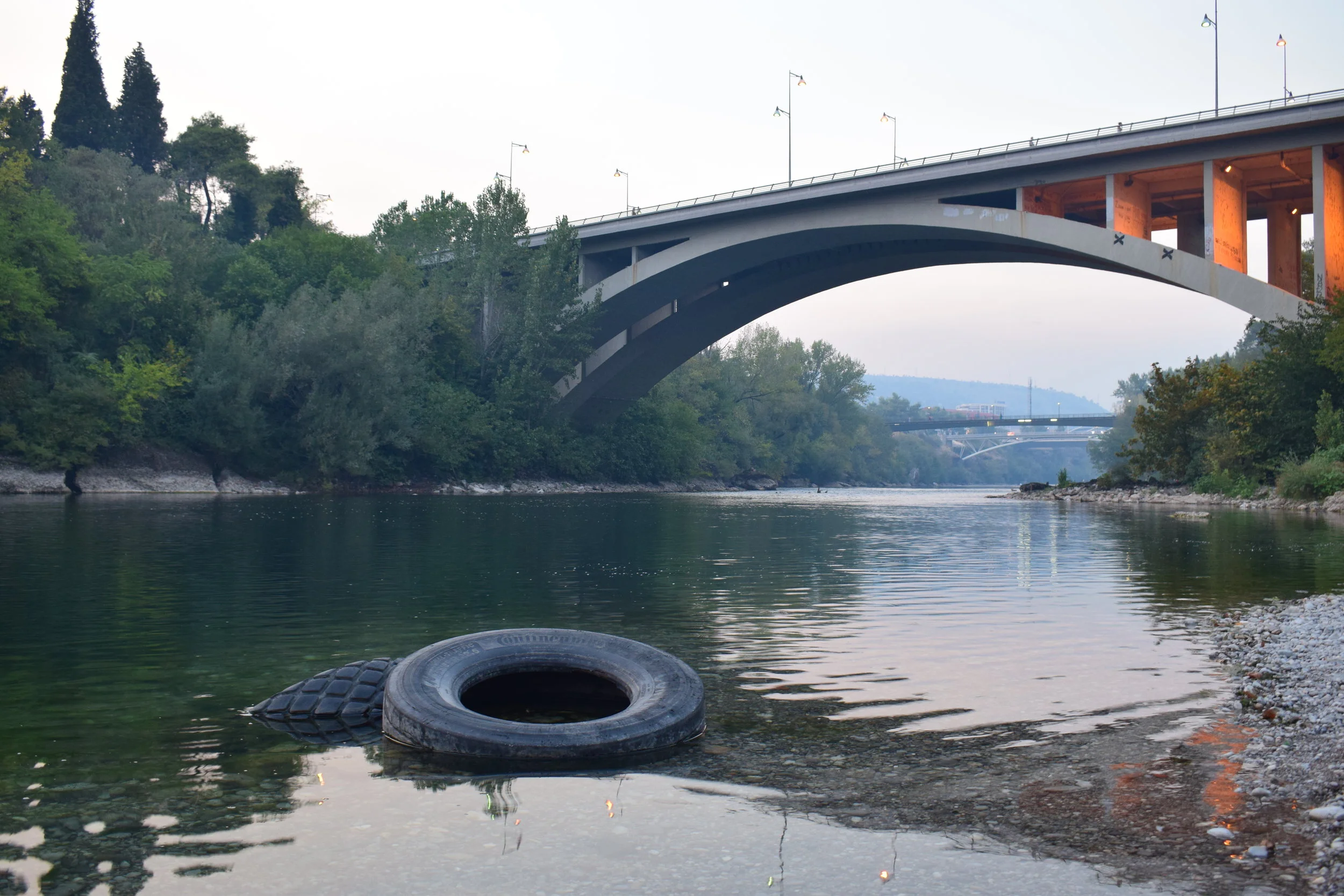What’s the big deal about making an itinerary?
/“Just write everything down we want to do and we’ll sort it all out when we’re there,” were the words spoken to me.
I laughed it off as though it was a joke, not a serious suggestion. Creating an itinerary for an upcoming trip – the idea that preceded the quote – seemed like a reasonable tactic.
Here is a map of Oslo city centre from Google maps, showing more than one route from the bus station to Oslo Opera House. I'll be heading to the Norwegian capital this weekend. Image credit: Google/Fair use
But it made me realise that not everyone cares for organisation. To some, it’s just a pre-travel inconvenience. They’d rather let it play out on their own whim, as opposed to having things set out before them.
But that’s not exactly the way I see it.
In my mind, it would be like going into battle unarmed. Well, perhaps not that extreme, but it’s akin to having no gameplan – going gung-ho, if you will.
Why head somewhere unprepared when you could know where you’re going, and when you’re going to go?
Call me pedantic, but making an itinerary is actually quite a good idea, even if I do say so myself, and not only do I think that is it necessary, but it can also be quite fun and informative, too.
How I put together an itinerary
A look at the first part of the itinerary I made for a recent trip to Vilnius, Lithuania.
The first step I take in making an itinerary is sorting out transfers to and from the airport, or the station, or the arrival point when you get to your destination. This is a good way to begin as helps to find the starting point on the first day, and the closing point on the last, immediately setting the parameters for your stay.
Having already done research and scribbled down each and every one of the places and attractions that I want to visit when I’m at the destination, I’ll then look at where they’re physically located. Google Maps is a good tool for this, because not only can you see where things are, but it makes it easy to find the quickest route and gives out time estimates for walking, driving and going from A to B via public transport.
From this, the list can be broken down into smaller routes and divided over the number of days. But there’s more to consider than just location and proximity.
Like opening hours, for example. Not every tourist attraction is a 24-hour operation. So if there are 10 things all within half a mile of each other, but you can only do eight on a given day, then it’s best to make sure that the eight you’re going to do will all piece together so that you make last admission. Without your itinerary, it could just be a shot in the dark.
And don’t forget to factor in transport. Not everywhere requires a bus or a train, or even a taxi, even if it may be suggested. If you look at the distance, it may be walkable.
Even Ryanair have started adding flight itineraries to their boarding passes.
One thing I rarely plan, however, is places to eat. If whoever I’m travelling with wants to go to a specific restaurant or eatery, then I can add it in there. But as a general rule I’ll find out that what I eat is more dictated by what I’m feeling at the time. Two weeks before I may have been feeling a burger, but in the moment, I’d might want go to a pizza joint.
But perhaps the most important thing to keep in mind when itinerary making is, ironically, flexibility. I always make plenty of time for each thing planned, because something is bound to overrun and have a knock-on effect. If you plan well enough, you can cushion the blow and also explore at a pace that you’re comfortable with, rather than trying to cram in everything, going at break-neck speed.
Some things may be missed out entirely, but if the itinerary is flexible enough then you can just slot it in at some other point along the line.
One of the greatest things about an itinerary is it prevents any of that hotel room arguing. You get up, know what you’re doing first thing and go and do it. Simple as. There’s no bickering about whether it’s the Eiffel Tower then The Louvre, or The Louvre then the Eiffel Tower. If it’s pre-determined then it removes that ineffectual activity.
Let’s face it, people don’t like them because it’s more work. Admittedly, some just prefer rolling with the punches not all that bothered about what they’re going to do next.
The point of an itinerary is not to bore, nor take the fun out of travelling. Instead, it helps to make travelling a more efficient process. Itineraries are not a substitute for adventure and spontaneity, they are rather an accompaniment.
Plan and enjoy.



















Whilst COVID-19 takes lives across the globe, this is the real tragedy (not).